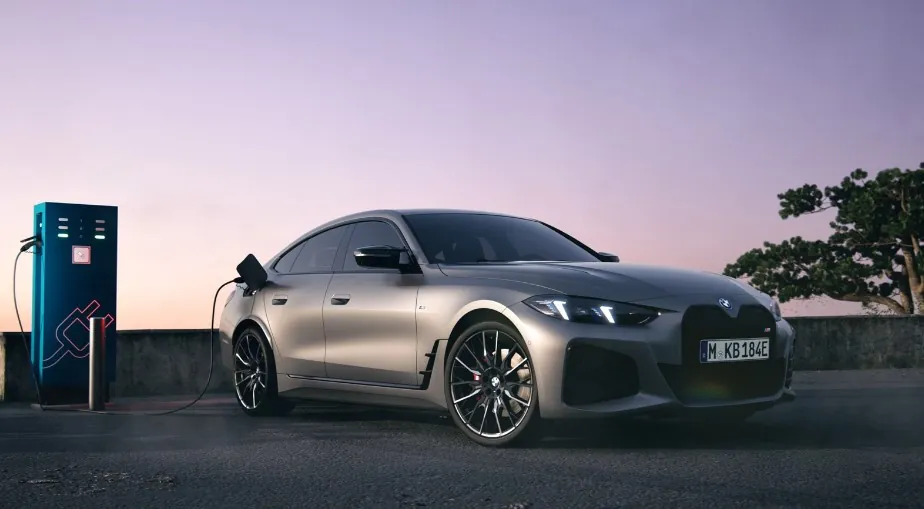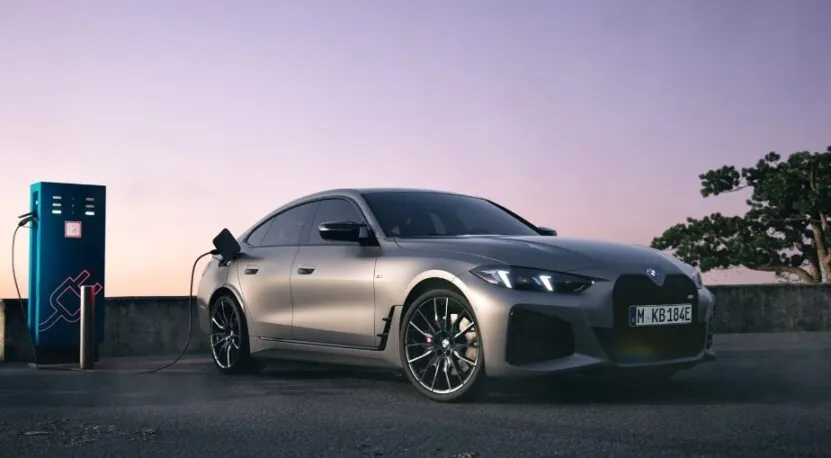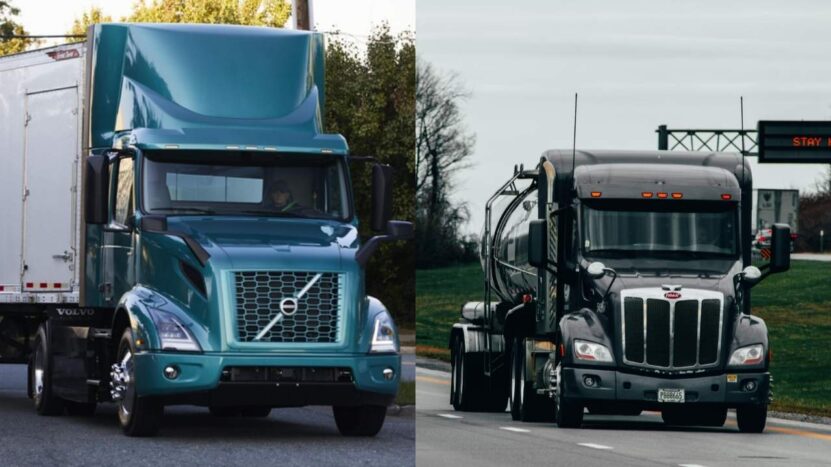
Share Post:
Fuel prices, maintenance demands, and government policies have turned the spotlight toward electric trucks. Operators now face a key decision: stay with diesel or shift to electric. This question goes beyond technology. It affects long-term profits, operating efficiency, and future sustainability.
Large fleets and independent drivers both need clarity. Cost savings do not come from fuel alone. Repair costs, tax benefits, and toll exemptions also shape the outcome. Comparing the numbers reveals how electric and diesel trucks perform over years of use.
Electric semi-trucks now compete directly with diesel haulers. Some models already reach cost parity in specific routes. Others still lag due to charging limits or upfront costs. Not every fleet benefits the same way. A closer look exposes where the real savings live.
Table of Contents
ToggleWhat Affects Trucking Budgets Today
Rising operational costs force every fleet to review spending. Fuel, repairs, regulatory fees, and route efficiency all contribute to budget pressure. Upfront price tells only part of the story. Long-term ownership shapes true savings.
Electric trucks promise reduced maintenance and lower fuel rates. Diesel still dominates in many long-haul operations due to range and refueling speed. Deciding what pays off means breaking down each category of cost.
Fleet Intelligence Adds an Edge
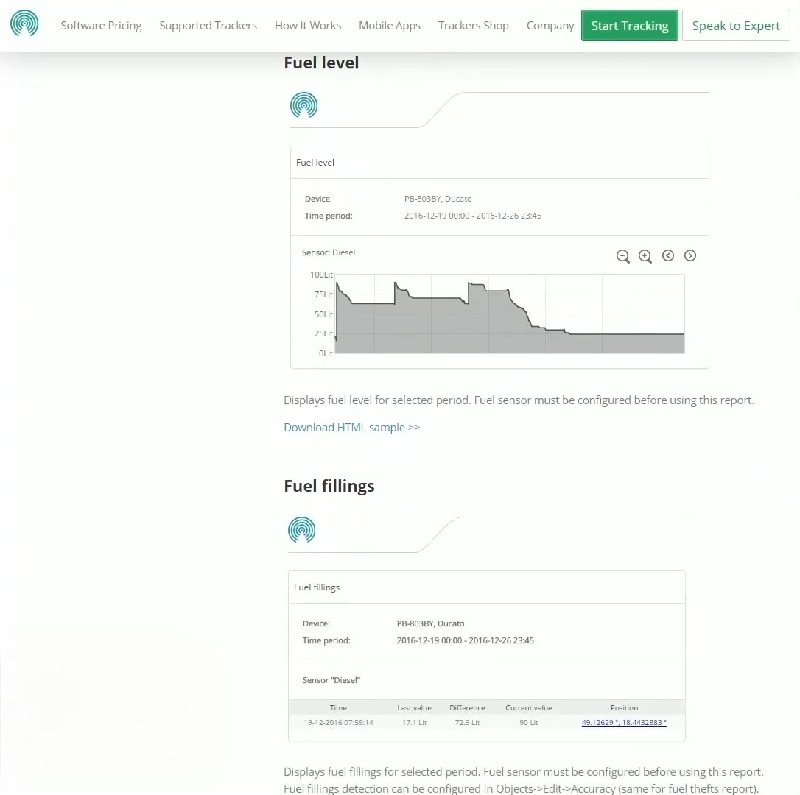
Modern fleets now use telematics tools to track usage, fuel waste, idle time, and wear. One example is ArealControl GmbH, a telematics provider known for helping logistics firms monitor route efficiency and vehicle condition. Data from telematics helps companies reduce costs and detect inefficiencies before they grow.
Key Cost Categories to Watch
- Fuel and energy costs
- Maintenance and parts replacement
- Road tolls and taxes
- Depreciation and resale value
Initial Purchase: What You Pay Upfront
The price tag often makes the biggest first impression. Diesel trucks for commercial hauling start around $120,000 and rise based on engine size and build specs. Most electric alternatives cost between $150,000 and $180,000. For example, the Tesla Semi with a 500-mile range costs about $180,000.
Electric truck buyers may qualify for tax credits or grants. Those can soften the higher entry cost but do not always apply in every region or for every fleet type. Smaller operators may struggle with the capital needed to switch.
Upfront Purchase Prices (USD)
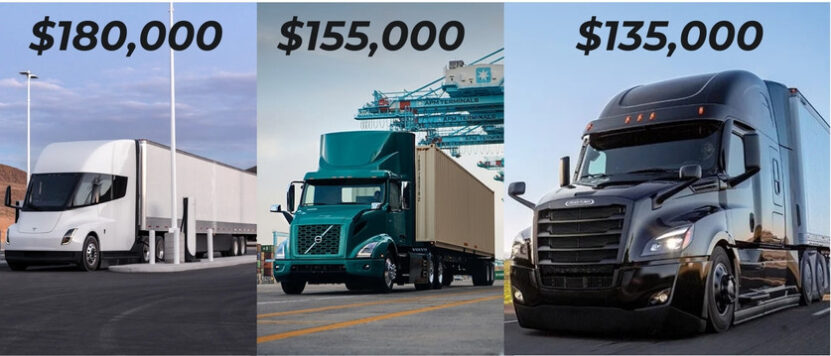
| Truck Type | Model Example | Starting Price |
| Diesel | Freightliner Cascadia | $135,000 |
| Electric | Tesla Semi (500 mi) | $180,000 |
| Electric | Volvo VNR Electric | $155,000 |
Fuel vs. Electricity: Energy Costs Over Time
Diesel prices swing often but remain a top expense. In 2024, fleets averaged $1.30 per liter in many regions. An 18-wheeler burns 35 liters per 100 km. Over a year of daily use, that adds up to over $36,000 in diesel costs.
Electric trucks use about 2.4 kWh per mile. With energy rates at $0.30 per kWh, that translates to about $28,800 per year. Some locations offer off-peak charging or solar integration, lowering costs further.
Yearly Energy Cost Comparison (250 km per day)
| Category | Diesel Truck | Electric Truck |
| Annual Energy Use | ~$36,400 | ~$28,800 |
Not Every Route Benefits
Electric costs depend on local grid rates and charger access. Rural or high-traffic routes may erase part of the advantage. Fleets using central depots gain the most energy savings due to consistent, low-cost charging.
Electric savings grow in regions with cleaner power grids or fixed-rate industrial energy. Diesel costs remain more stable for remote or long-haul stretches without reliable charging stations.
Maintenance Needs: Which Trucks Stay Out of the Shop
Maintenance affects uptime and long-term costs more than any other factor. Diesel trucks require frequent oil changes, fluid checks, filter swaps, and engine service. Electric trucks avoid most of those.
Electric trucks have no fuel injectors, no oil filters, and no exhaust systems. Fewer moving parts mean fewer breakdowns. On average, electric truck maintenance costs fall 25 to 40 percent lower than diesel.
Typical Annual Maintenance Costs
| Category | Diesel Truck | Electric Truck |
| Brake Systems | $3,500 | $1,200 |
| Engine Service | $6,000 | — |
| Transmission/Oil | $3,000 | — |
| Total (avg.) | $14,800 | $4,500 |
Inspection Frequency and Downtime
Electric trucks require fewer scheduled services. Shorter shop time means more days on the road and fewer replacement trucks needed. Diesel still holds the advantage in locations with limited access to EV-certified repair centers.
Incentives, Taxes, and Tolls: How Policies Tip the Scale
Governments use financial policies to influence fleet choices. Many regions in the EU, North America, and parts of Asia offer tax credits, toll exemptions, and direct grants to promote electric truck adoption.
- Tax Exemptions: Many electric semis avoid annual vehicle tax entirely
- Toll Discounts: EU grants up to 50% toll reductions on electric freight routes
- Purchase Incentives: Some areas provide $40,000 or more per vehicle in grants
Diesel trucks qualify for fewer programs. Most are taxed based on weight and emissions. Fleets that cross state or national lines see the largest savings with electric if policies align across borders.
Example
Germany offers full toll exemptions for zero-emission trucks. A truck traveling 100,000 km per year can save nearly $12,000.
Range, Weight, and Charging Limits: Daily Use Matters
Diesel trucks can travel over 1,200 km without refueling. Electric models still face range limits between 300 and 500 miles depending on battery size and load. Charging networks remain incomplete in many regions.
Range and Load Impact
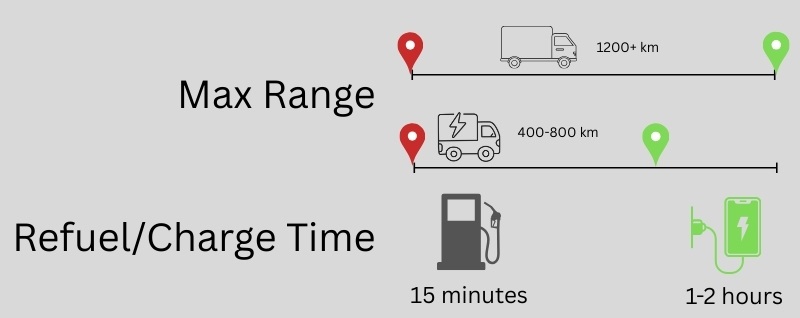
Heavy cargo reduces electric range more than diesel range. Cold climates lower battery efficiency. Long-haul operations require well-planned routes to avoid downtime during charging.
| Factor | Diesel | Electric |
| Max Range | 1,200+ km | 400–800 km |
| Refuel/Charge Time | 15 minutes | 1 to 2 hours |
| Payload Capacity | Higher (lighter fuel system) | Slightly lower (heavier batteries) |
Total Cost of Ownership: Year-by-Year Breakdown
Upfront cost means little if year-by-year expenses stay low. Total Cost of Ownership (TCO) includes purchase price, fuel or electricity, maintenance, insurance, taxes, and resale value. Over five to seven years, TCO shows which trucks deliver real value.
Electric trucks often close the price gap through lower operational costs. Maintenance alone can save $50,000 or more across five years. Fuel savings also build over time, especially in local or regional routes with charging access.
5-Year TCO Estimate: High-Use Fleet (USD)
| Category | Diesel Truck | Electric Truck |
| Initial Purchase | $135,000 | $180,000 |
| Fuel or Electricity | $182,000 | $144,000 |
| Maintenance | $74,000 | $24,000 |
| Taxes & Tolls | $83,000 | $29,000 |
| Total (5 Years) | $474,000 | $377,000 |
Fleet Feedback
Large fleet operators track every dollar. They log fuel, repair hours, uptime, and delivery speed. Reports from early adopters of electric trucks show promising savings, but also highlight charging challenges and reduced winter performance.
- PepsiCo (Tesla Semi trials): Reported lower fuel costs and smooth torque delivery on hills.
- Volvo VNR Electric trials: Cut fuel costs by 40% but needed strict route planning.
- Freightliner eCascadia users: Cited strong local performance, but range anxiety on rural freight routes.
So, Which One Saves More in the Long Run

| Local Delivery | Electric Truck |
| Regional Freight | Electric Truck |
| Cross-Country Haul | Diesel Truck |
| Remote Operations | Diesel Truck |
Last Words
Electric trucks can save fleets thousands per year in energy and maintenance. Diesel trucks still dominate long-distance lanes due to fueling speed and infrastructure. Both have a place based on route and fleet goals.
For regional delivery fleets, electric trucks often win after four to five years. For long-haul carriers, diesel remains more practical until nationwide charging networks grow. Each decision must weigh route, driver habits, and available incentives.
Related Posts:





